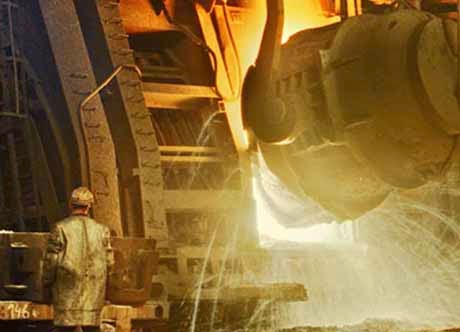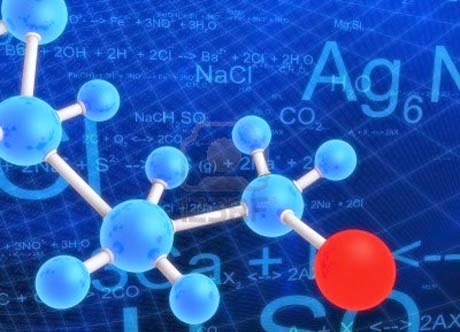This may not be the Rime of the Ancient Mariner, but it has
everything to do with seawater
By Frank Rovella
I read an interesting fact in an MIT publication the other day;
they stated that by 2025, 1.8 billion people will have trouble getting clean
drinking water; that’s over 20% of the world population. This is a number that
until recently has not gotten much attention, however, the recent drought on
the west coast has helped to drive it home. Cities like San Diego have been hit
the hardest, currently 80% of San Diego’s water supply is imported.
This has prompted state and county officials to move forward with a massive $1billion desalination plant. When completed it will be the largest in the
western hemisphere.
Desalination is becoming the only option for many metropolitan
areas with growing populations and increasingly arid climates. This is
highlighted by the fact that since 2000 over 16,000 desalination plants have
come online in over 120 countries. Seawater desalination is certainly proving
to be a viable option, but it’s expensive. Water produced by desalination is
measured in acre-foot units, one acre-foot being almost 360,000 gallons or the
estimated amount used per year by two five-member American households. One of
the reasons it is so costly is that seawater desalination is based on the
Reverse Osmosis (RO) process. It takes a lot of energy to push that much water
through this type of system. San Diego, for example, will be paying
approximately $2,000 per acre-foot, which 80% more expensive than their current
supply. As you can imagine, with that much public money at stake, there is a
lot of pressure to reduce costs. Though RO technology has come a long way in
recent years due to advances in materials and process control, it still has a
long way to go. To understand why it’s
expensive, and why it is a prime candidate for enhancements from process
improvements and materials technology, we have to first look at what an RO
filter is and does.
The RO process used for desalination typically uses a spiral
wound type of RO filter. This configuration is composed of two sheets of
membrane that are glued back to back to form an envelope or a leaf. Membrane
leaves contain two membrane sheets sandwiching a porous sheet that is the
permeate collector. The leaf is glued on three sides; the fourth side is
attached to a perforated permeate tube.
In this method, the water can only exit through the permeate tube. While
the system is in operation, pressurized water flows over the surface of the
membrane on both sides of the membrane leaf. Water permeating through the
membrane flows on the permeate carrier to the open side of the leaf, it then
exits through the permeate tube.

In large scale RO applications such as desalination, multiple
leaves are connected to the permeate tube. It is set up so that the permeate
from all of the leaves goes through the same tube. In the multiple membrane configurations,
a mesh spacer is placed between the leaves. They are then wound around the
permeate tube, hence the name “spiral wound”.
Advances in the understanding of RO flow have
brought about design changes that have added higher levels of efficiency.
Modern RO filters contain more leaves that are shorter; the decrease in the
water path this creates has proven to be far more efficient. This means that
fewer membranes and less overall equipment is needed to create even more water.
However, this is just one area where improvements have been made. There has
been a great deal of advancements in membrane materials, as well as efficiency
to feed pumps and general operating systems.
We have to remember that desalination power consumption is very
high because of the amount of force required to pump massive amounts of water
through an RO filter. The power used for seawater desalination accounts for 20
to 30% of the cost but its far less expensive now than it was. In 1979 1,000
gallons of desalinated water required 114 kWh. Today that same 1,000 gallons
needs only 14 kWh.
But solving the world’s water problem will take more than
high-tech large-scale filtration of seawater. Its also going to take boots on
the ground in areas that can’t afford the colossal outlay for a desalination
plant. The 2030 Water Resources Group has been applying some very innovative
solutions across the globe to solve water shortage problems, and most of it is
through pure efficiency. For example, in a project in Cape Town South Africa,
they identified widespread leakage problem that caused the loss of
approximately 600,000 gallons per hour. There are also a number of other
examples, mostly based around water management for areas such as power
generation, groundwater conservation, distribution management, agriculture,
and wastewater treatment. There are also a number of other technologies in
development that could change the freshwater playing field. Research is
currently underway that includes distillation, ion exchange, and biochemical
desalination. Whatever the final solution is, if the problem is not solved or
at least addressed adequately, fresh water will become a key issue in the years
to come.






















